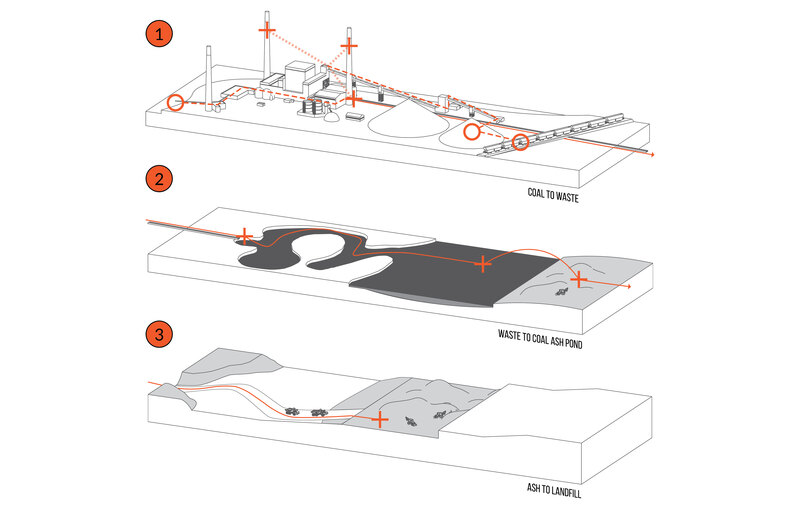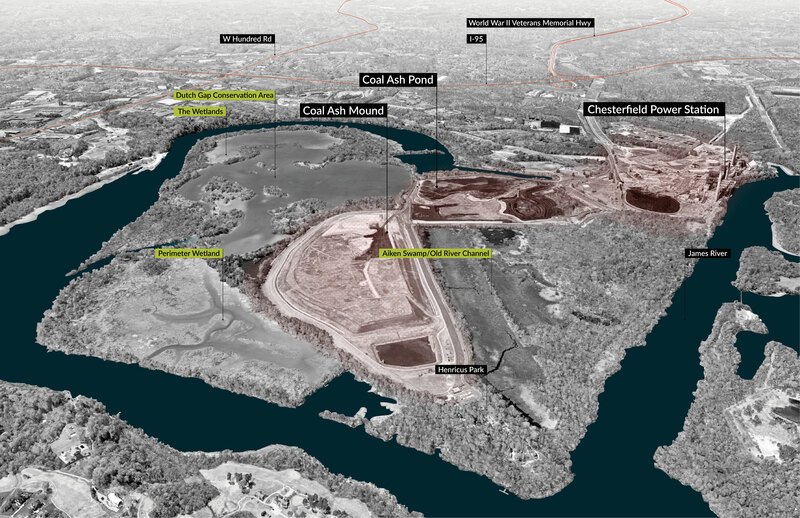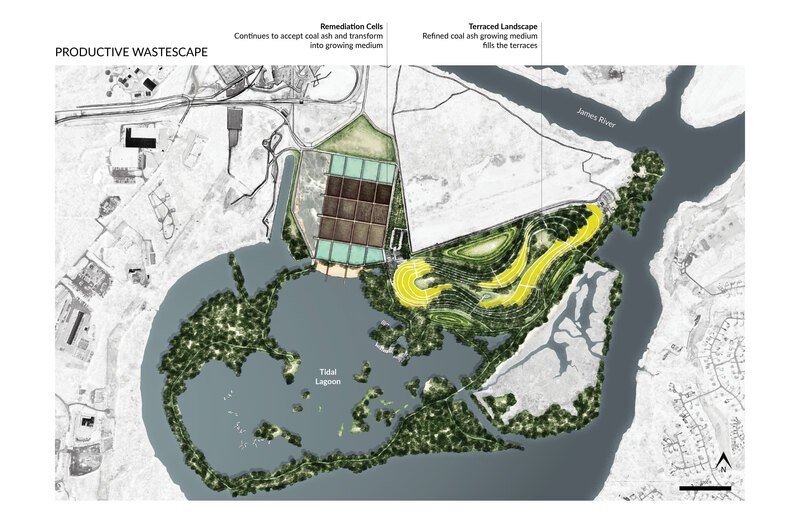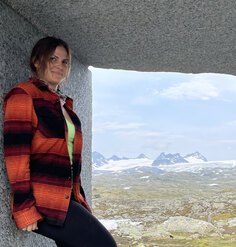Olmsted Scholar Feature: Coal Ash Wastescapes-Advocating for Designed Remediation
By Lauren Delbridge, 2017 National Olmsted Scholar
Landscape architecture naturally combines aspects of science, engineering, ecological understanding, and design in a way that sets us apart from scientists, engineers, ecologists and other designers. We as a profession have the skill set to tackle large-scale issues, which is an aspect of the field that has always captivated me. I quickly became drawn to design projects focused on the remediation of disturbed sites, and I began to find my niche in the complexities of scientific engineering, natural systems, and experimental design.
Nearly 140 million tons of coal ash are produced each year in the United States.
As coal is burned to produce energy, the ash created during the process is collected, mixed with water, and piped to create ponds, which are typically unlined. Coal ash itself contains questionable amounts of heavy metals such as chromium, arsenic, and lead that become problematic as these unlined ponds allow seepage into the underlying groundwater systems.

I framed my year-long thesis project around the issue of coal ash ponds and delved into the complex nature of coal ash, the workings of coal-fired power plants, existing engineering strategies, and applied methods of phytoremediation and bioremediation. With EPA rulings mandating the safe closure of coal ash ponds across the United States, I recognized the great potential for thoughtful, designed remediation strategies that would safely transform a coal ash pond into a space for human interaction, education, and experience.

I focused my workaround Dominion’s Chesterfield Power Station, situated along the James River south of Richmond, Virginia. As the largest coal-burning power station in the state, the site offers opportunities for remediation at a large scale that could act as a precedent for the treatment of other coal ash ponds across the country. One of the more unique aspects of the site is the adjacent Dutch Gap Conservation Area that creates a distinct juxtaposition between the degraded industrial landscape and thriving ecological habitats. In addition to remediating the coal ash ponds and designing with people in mind, my project also responds to the surrounding ecological conditions.

The most challenging aspect of my project was creating a landscape that was more than a beautiful space. I worked to design a system of remediation that would continue to accept coal ash waste as the Chesterfield Power Station continues to burn coal. The coal ash waste travels through a series of remediation cells and is ultimately transformed into a growing medium. The act of turning waste into soil is the ultimate form of responsible waste management.
The extensive research that went into discovering strategies to remediate coal ash was a huge part of my project, and informed my design work in ways that went well beyond the explorations that I had engaged in previous studio projects. While site inventory, analysis, and synthesis played a role in design development, the overlay of remediation processes introduced me to a new way of going about site design. This coal ash remediation project was ultimately a culmination of science, engineering, and ecology that came together as a space designed to be beautiful and to foster human education and experience. While still experimental and theoretical in nature, “Coal Ash Wastescape” opens the conversation to what coal ash ponds could become in their future lives.

I am interested in continuing to merge science, engineering, and ecology in an artful way to create landscapes that offer more than just a beautiful view. Beginning to understand the complexities of remediation has inspired me to seek out opportunities for landscape architects that expand beyond the traditional boundaries of the profession. I plan to continue research on the remediation of coal ash and get involved with organizations that have the motivation and mandate to explore alternative solutions to the disposal of coal ash. As these conversations develop, I would like to focus more attention on the future of the coal ash pond site as a whole.
In addition to staying involved with the developing conversation about coal ash, I plan to travel to remediated or reclaimed landscapes of note to expand my knowledge of redesigned disturbed lands, with a view to documenting a set of case studies. This documentation could be used as an educational tool for public and/or industry information and as a basis for further design research. Even though to date, very little remediation work has focused on coal ash ponds specifically, much could be learned from current projects that deal with similar issues while creating spaces for people to experience.
I want to push the profession of landscape architecture into conversations currently dominated by scientists, engineers, and ecologists. I feel that we as designers should hold the power to bring together these technical fields in a way that creates environments for people.
Lauren received a Bachelor of Landscape Architecture from Virginia Tech in May. She currently works at LandDesign in Charlotte, North Carolina. She was selected as LAF’s 2017 National Olmsted Scholar and recipient of the $15,000 undergraduate prize.










